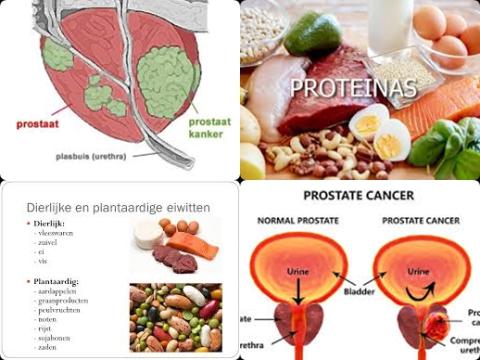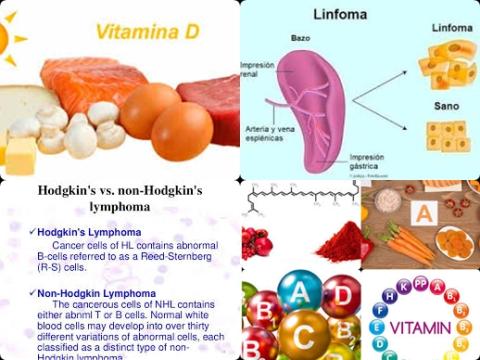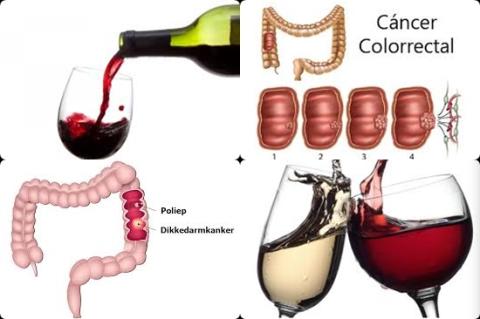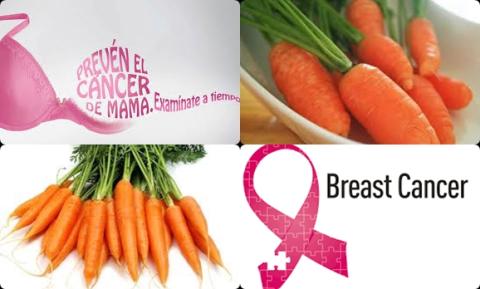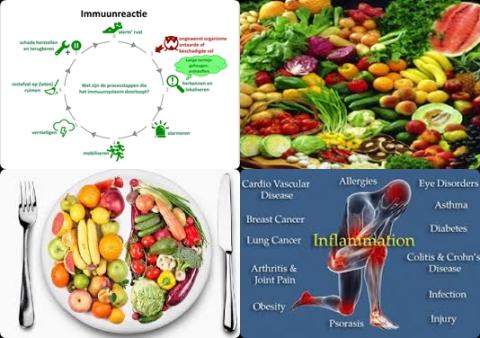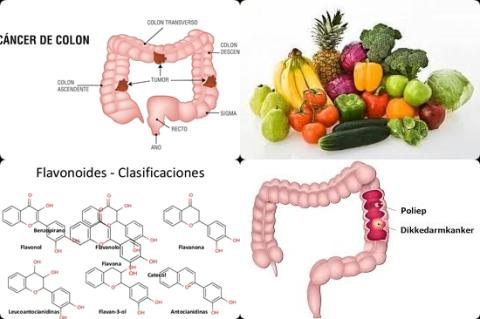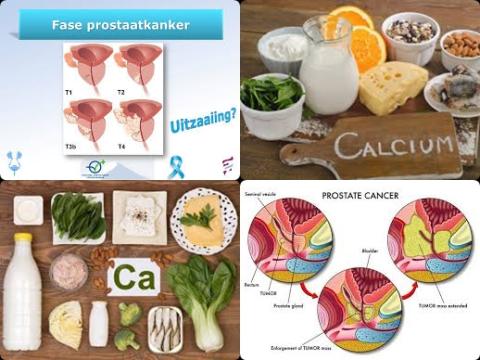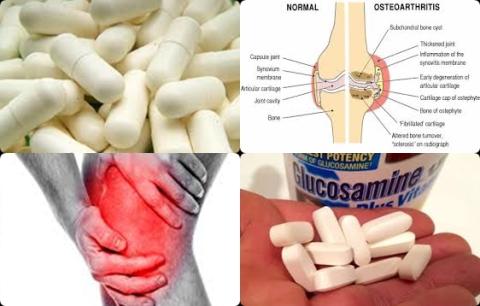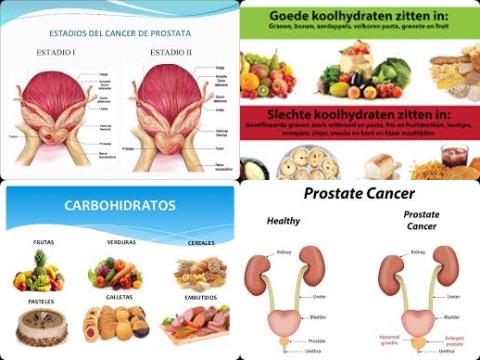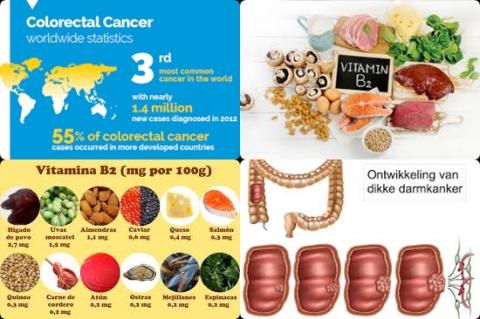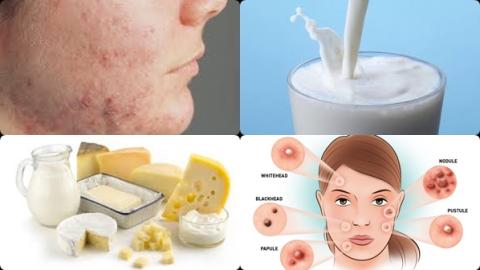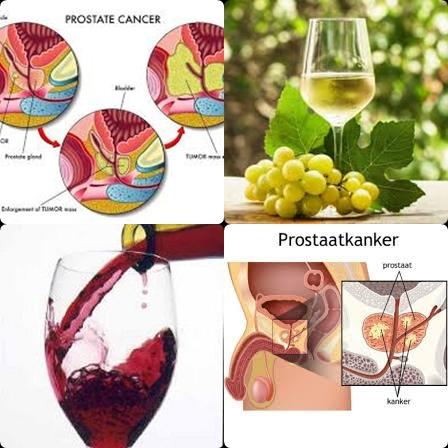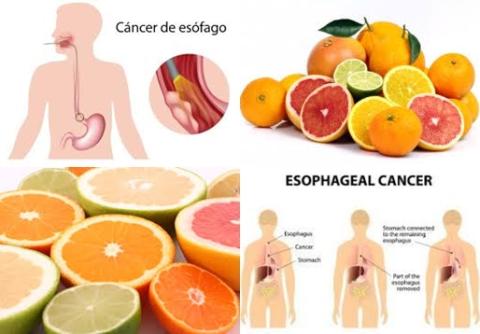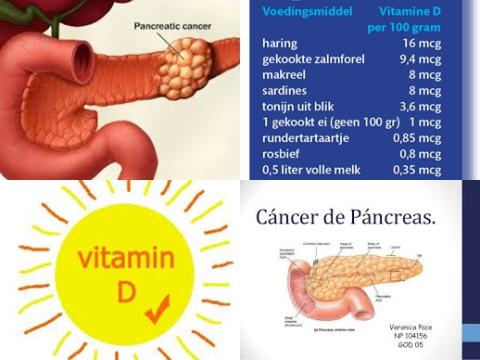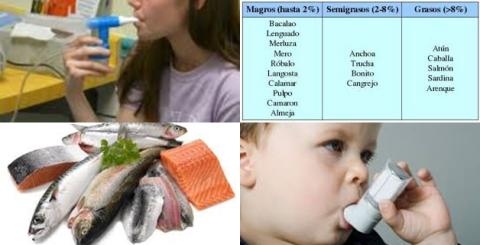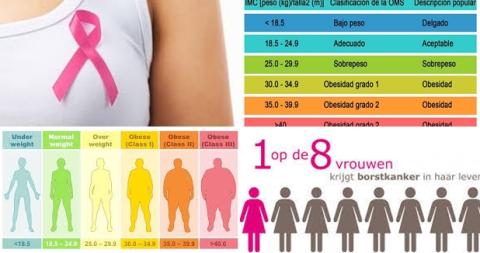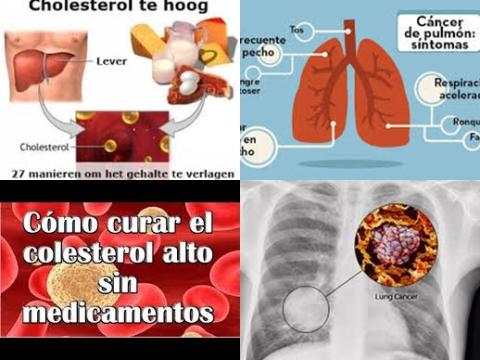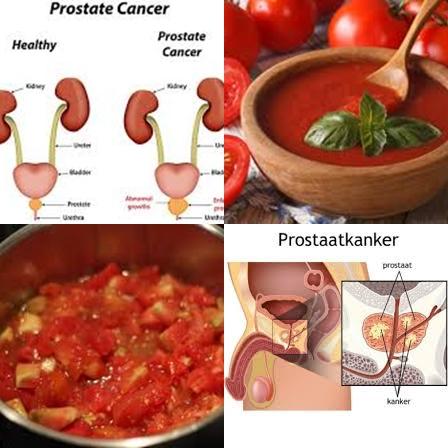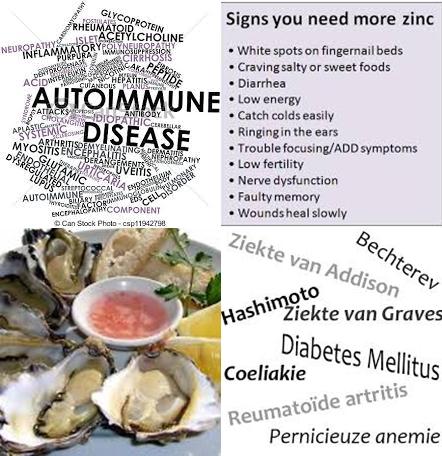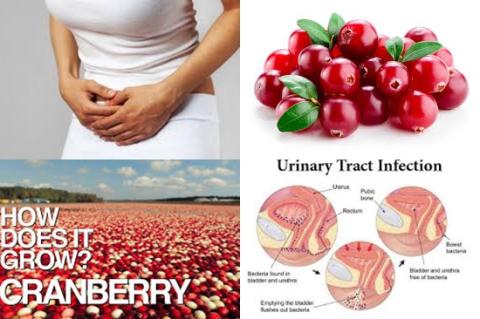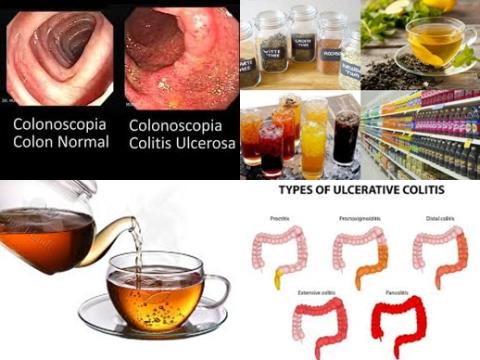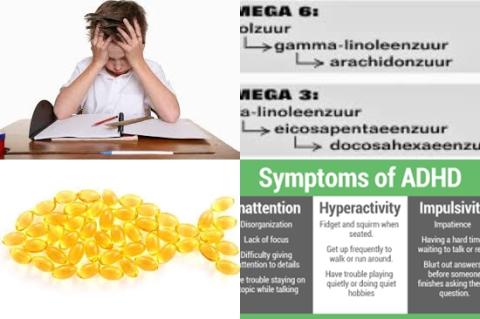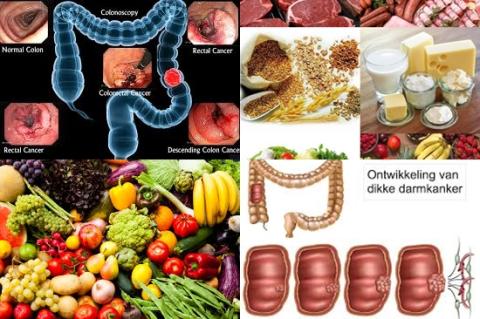Coffee consumption is associated with a higher circulating level of adiponectin in women
Objectives:
The association between coffee consumption and the circulating level of adiponectin and leptin has been evaluated in several epidemiological studies with conflicting results. Therefore, this review article has been conducted.
Is there an association between coffee consumption and the circulating level of adiponectin and leptin in humans?
Study design:
This review article included 12 cross-sectional studies.
Results and conclusions:
The investigators found when compared the highest versus the lowest coffee intake category, coffee consumption was associated with a higher circulating adiponectin level [SMD = 0.11, 95% CI = 0.06 to 0.17, p 0.001].
The investigators found in subgroup analysis when compared the highest versus the lowest coffee intake category, coffee consumption was associated with a higher circulating adiponectin level in women [SMD = 0.11, 95% CI = 0.02 to 0.20, p = 0.01], but not in men [SMD = 0.03, 95% CI = -0.08 to 0.14, p = 0.59].
The investigators found when compared the highest versus the lowest coffee intake category, coffee consumption was associated with a lower circulating leptin level [SMD = -0.19, 95% CI = -0.28 to -0.10, p 0.001].
The investigators concluded that coffee consumption is associated with a higher circulating level of adiponectin in women and a lower circulating level of leptin. However, more well-designed prospective cohort studies and randomised controlled trials are needed to further elaborate the concerned issues.
Original title:
Associations of coffee consumption with circulating level of adiponectin and leptin. A meta-analysis of observational studies by Zhang Y and Zhang DZ.
Link:
https://www.ncbi.nlm.nih.gov/pubmed/29513118
Additional information of El Mondo:
Find more information/studies on coffee consumption, diabetes and overweight right here.
Adiponectin is a unique adipokine, which is specifically and abundantly expressed in adipose tissues and improves insulin resistance. Having insulin resistance may increase the risk of type 2 diabetes and metabolic syndrome.
